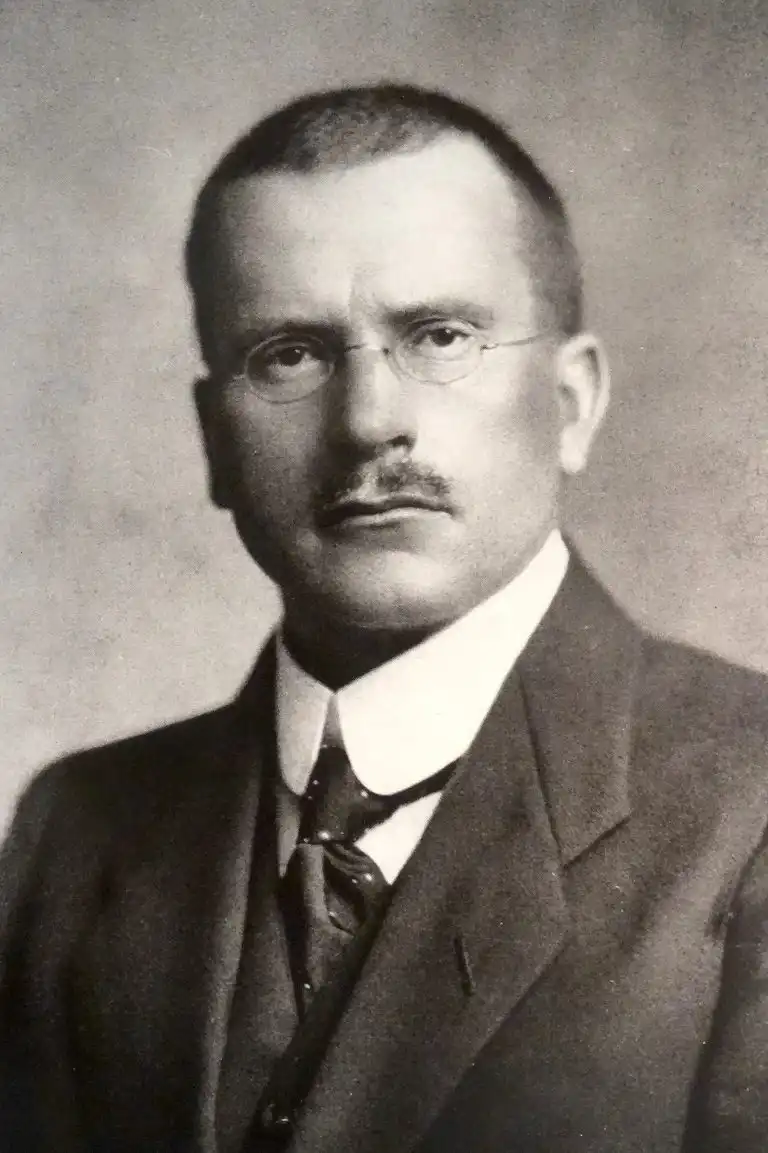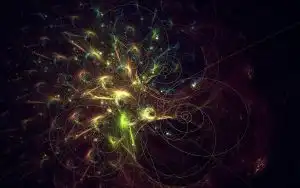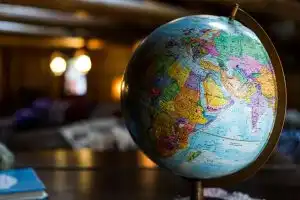Table of Contents
Carl Jung, a distinguished Swiss psychiatrist and psychoanalyst, was the pioneer of analytical psychology. His groundbreaking theories on archetypes and collective unconsciousness have left an indelible mark on modern psychology, as well as on diverse domains like literature, art, and religion. In this article, we delve into the intriguing concept of archetypes and their profound influence on our behaviour. We also explore the 12 archetypes that Carol S. Pearson and Margaret Mark delineated in their book “The Hero and the Outlaw.”
Who Was Carl Jung?
Carl Jung, the renowned Swiss psychiatrist and psychoanalyst, was not just a figure in history but a person with a unique journey. Born in Kesswil, Switzerland, in 1875, he grew up in a family of pastors. His path led him to study medicine at the University of Basel and work at the Burghölzli Psychiatric Hospital in Zurich. It was during this time that he developed a fascination with the unconscious mind, dreams, and individuation.
Jung’s theories on the human psyche were not just innovative but also transformative for modern psychology. He postulated that the unconscious mind was a powerful force in shaping our behaviour and that all humans share a collective unconsciousness. This collective unconsciousness, he argued, is the source of archetypes and universal behaviour patterns that transcend cultures and societies. The profound influence of Jung’s work on archetypes and collective unconsciousness is evident in its impact on psychology, literature, art, and religion.
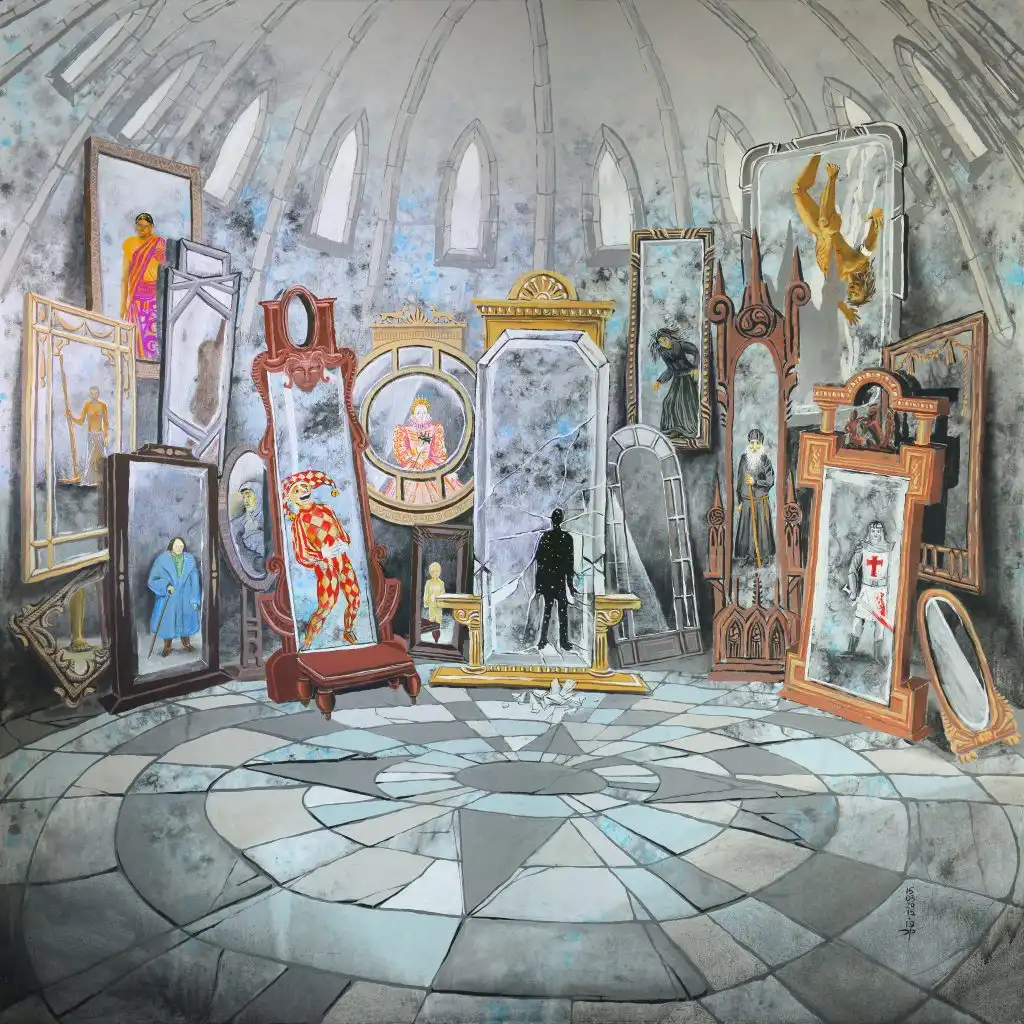
What Are Archetypes?
Archetypes, as universal patterns of behaviour, hold a mirror to our thoughts and actions. They are not just abstract concepts but practical tools that can help us navigate our lives with greater self-awareness and integration. By delving into these archetypes, we can gain a deeper understanding of ourselves and our place in the world. This journey of self-discovery, as Jung believed, could lead to individuation, a state of heightened self-awareness and integration. Jung identified four primary archetypes: Persona, Shadow, Anima/Animus, and Self.
Persona
The persona archetype is an individual’s social mask in different situations, such as at work, with friends, or in public. Furthermore, it represents the aspect of our personality that we present to the world and is often a reflection of the roles we play in society. This archetype can be beneficial as it allows individuals to adapt to different situations and express themselves appropriately. However, it can also be harmful if an individual becomes too identified with their persona and loses touch with their true self.
Shadow
The shadow archetype, representing our personality’s dark and repressed aspects, is something we may try to hide or deny. It includes negative emotions, impulses, and desires we deem unacceptable or contrary to our self-image. When individuals fail to acknowledge and integrate their shadow, it can lead to destructive behaviour and projection onto others. However, the journey of acknowledging and integrating the shadow can lead to greater self-awareness and personal growth, offering a beacon of hope and empowerment.
Anima/Animus
The anima/animus archetype represents all individuals‘ feminine and masculine qualities, regardless of their biological sex. For example, the anima is the feminine aspect in men, while the animus is the masculine aspect in women. Jung believed that these archetypes influence our relationships and our sense of wholeness. Integrating the anima/animus can create greater balance and harmony within ourselves and our relationships.
Self
The self archetype, representing an individual’s personality, including both conscious and unconscious aspects, is the archetype of wholeness. It is often associated with individuation, a process that Jung believed could lead individuals to become more self-aware, authentic, and fulfilled. The integration of the self is not just a goal, but a path to personal fulfillment, inspiring and motivating individuals on their journey of self-discovery.
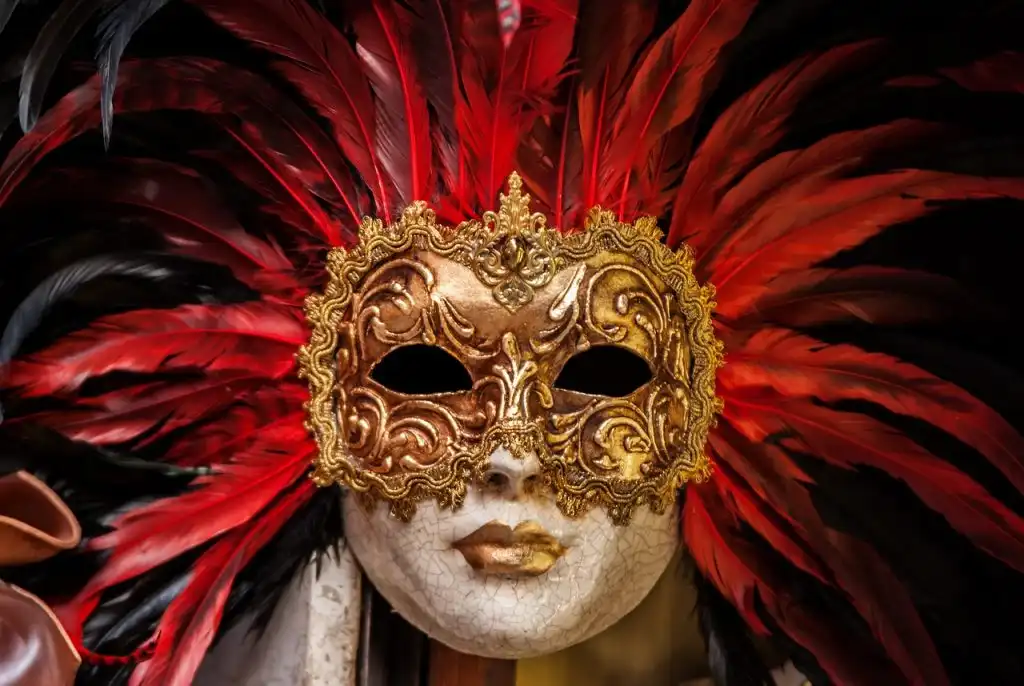
The 12 Archetypes of Mark and Pearson
Carol S. Pearson and Margaret Mark co-authored “The Hero and the Outlaw,” a book on building brands using archetypes. Pearson is a psychologist and author, while Mark is a branding expert. They defined 12 archetypes, including the Innocent, the Explorer, the Sage, the Hero, the Outlaw, the Magician, the Regular Person, the Lover, the Jester, the Caregiver, the Creator, and the Ruler.
| Archetype | Description |
|---|---|
| Innocent | The Innocent archetype represents purity, goodness, and simplicity. Individuals with this archetype are optimistic, trusting, and hopeful. |
| Explorer | The Explorer archetype represents the desire for adventure, exploration, and discovery. Individuals with this archetype are curious, independent, and seek new experiences. |
| Sage | The Sage archetype represents wisdom, knowledge, and insight. Individuals with this archetype are intelligent, reflective, and seek understanding. |
| Hero | The Hero archetype represents courage, strength, and determination. Individuals with this archetype are brave, self-sacrificing, and strive for greatness. |
| Outlaw | The Outlaw archetype represents rebellion, independence, and freedom. Individuals with this archetype are nonconformist, daring, and challenge authority. |
| Magician | The Magician archetype represents transformation, creativity, and spirituality. Individuals with this archetype are imaginative and intuitive and use their powers to help others. |
| Regular Person | The Regular Person archetype represents the desire for belonging, connection, and community. Individuals with this archetype are down-to-earth, reliable, and value relationships. |
| Lover | The Lover archetype represents passion, romance, and sensuality. Individuals with this archetype are affectionate and intuitive and seek deep connections with others. |
| Jester | The Jester archetype represents humour, playfulness, and spontaneity. Individuals with this archetype are lighthearted, entertaining, and seek joy in life. |
| Caregiver | The Caregiver archetype represents compassion, nurturing, and selflessness. Individuals with this archetype are empathetic, supportive, and dedicated to helping others. |
| Creator | The Creator archetype represents innovation, imagination, and artistic expression. Individuals with this archetype are imaginative and passionate and seek to bring their ideas to life. |
| Ruler | The Ruler archetype represents power, authority, and leadership. Individuals with this archetype are confident and responsible and strive to create order and stability. |
Although the archetypes defined by Pearson and Mark are often used in branding and marketing, they can also be applied in other domains, such as spirituality and psychology. For example, in witchcraft or Tarot, archetypes are seen as symbols representing different aspects of the human psyche. They can be used to gain insight into one’s self or situation. For instance, the Magician archetype can be associated with the power of manifestation. In contrast, the Sage archetype can be linked to the pursuit of knowledge and self-awareness. By exploring and working with these archetypes, individuals can tap into their inner wisdom and gain a deeper understanding of themselves and the world around them.
However, it’s worth noticing that Pearson and Mark’s archetypes system has also received criticism for being too simplistic. Some researchers argue that the system doesn’t fully capture the complexity of human personality. Some criticise it for having a Western-centric approach and argue that it might not be relevant to other cultures. Nevertheless, the system is still widely used and has helped many individuals.
Conclusion
The concept of archetypes is essential to understanding human behaviour and psychology. By identifying and integrating our archetypes, we can better understand ourselves and our place in the world. Even though they have been criticised, the 12 archetypes defined by Pearson and Mark offer a helpful framework for exploring our personalities and relationships with the world around us.

